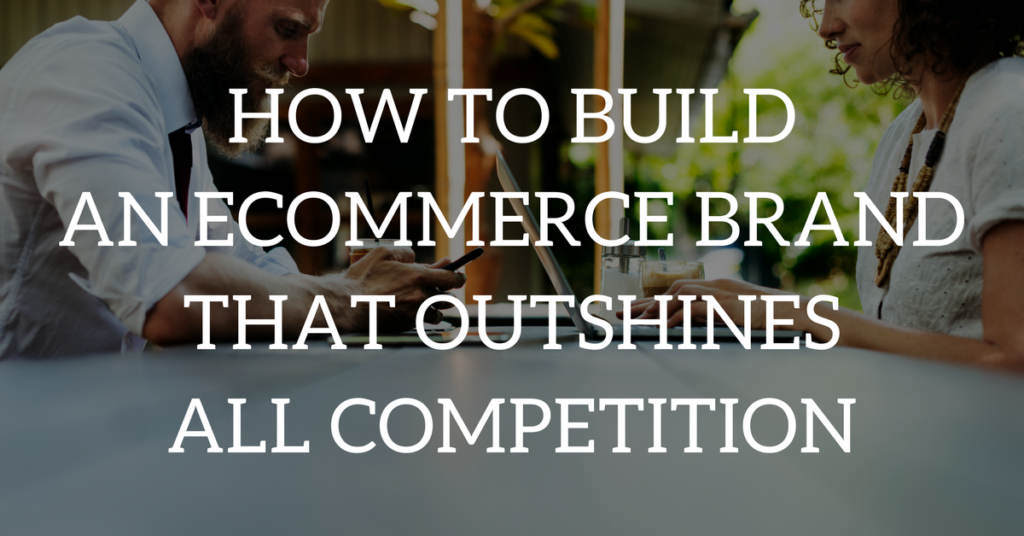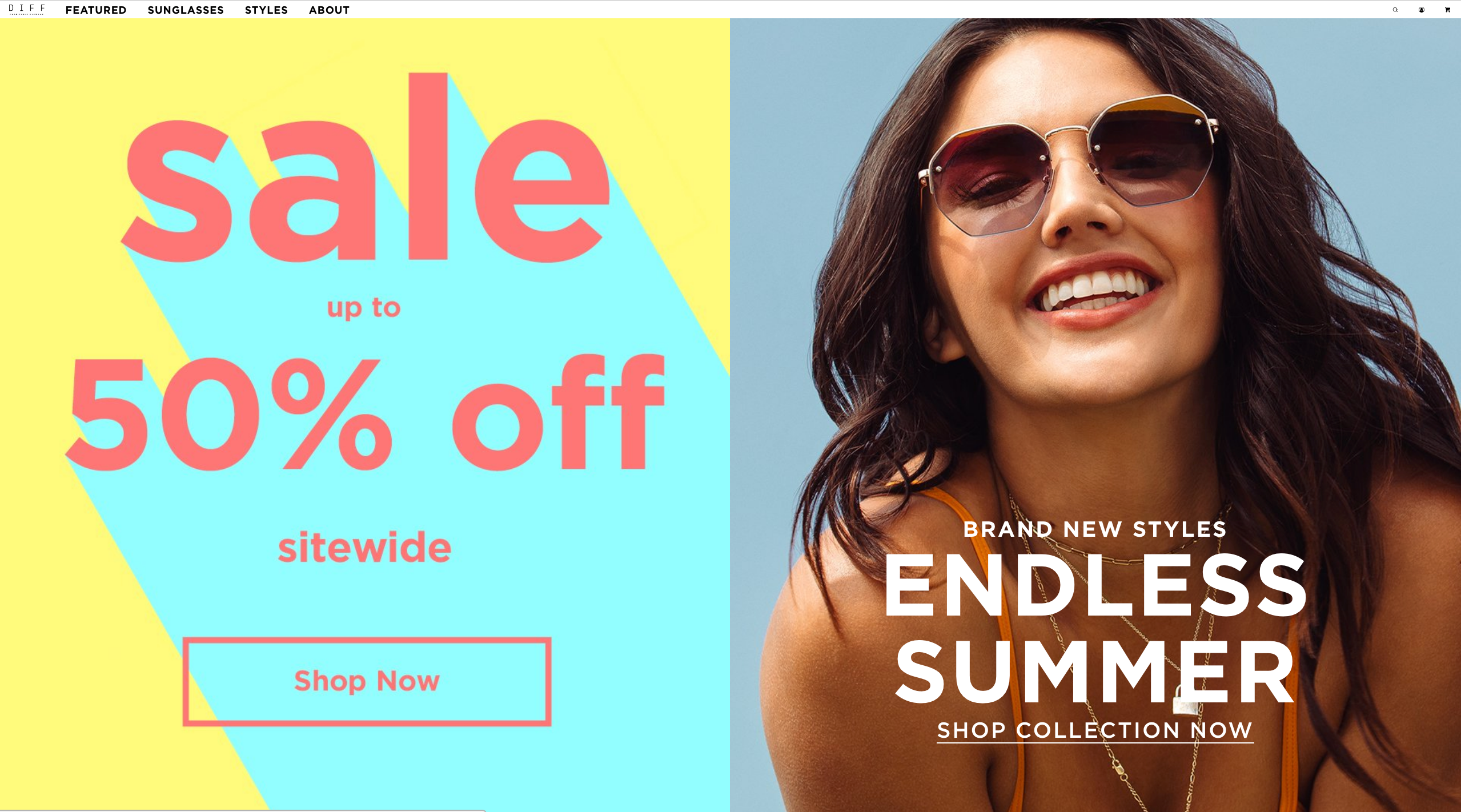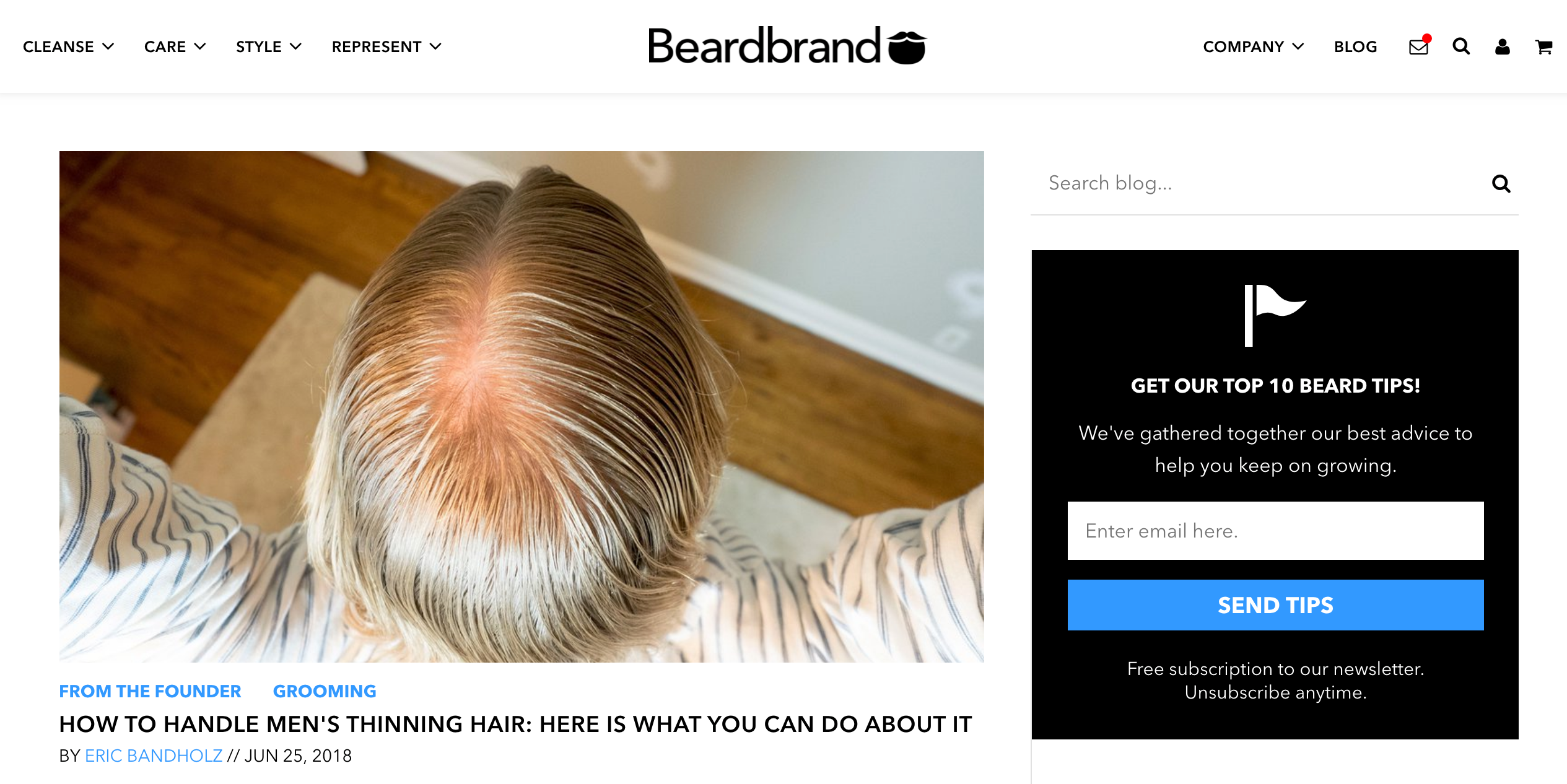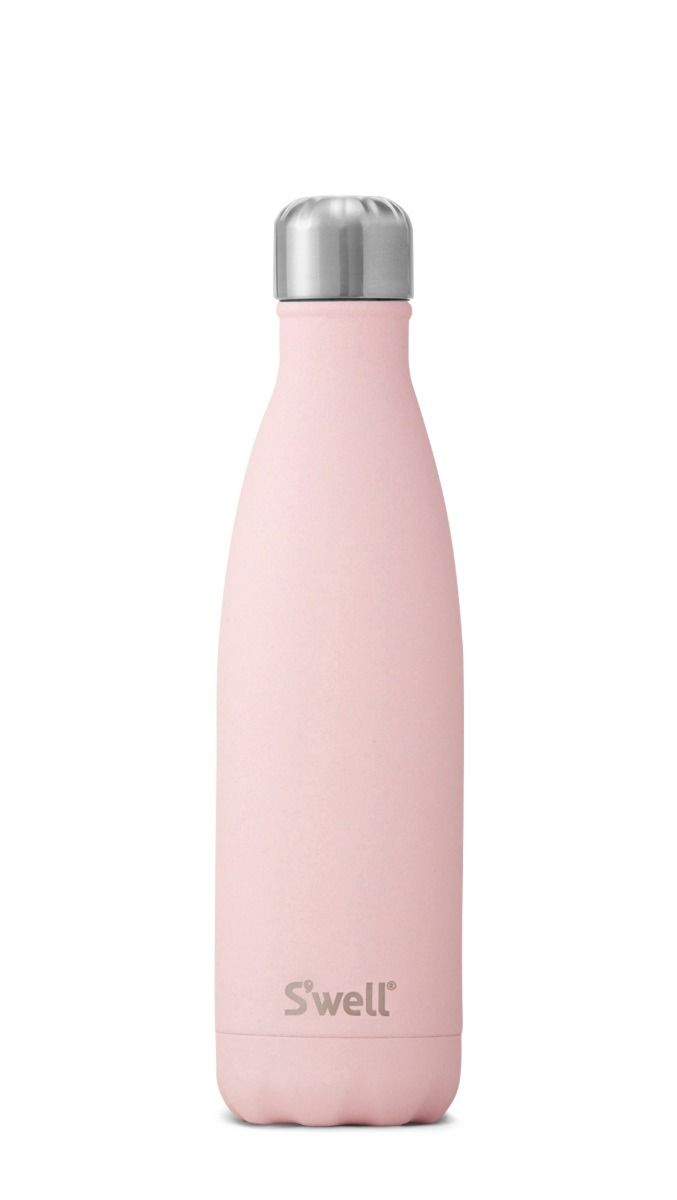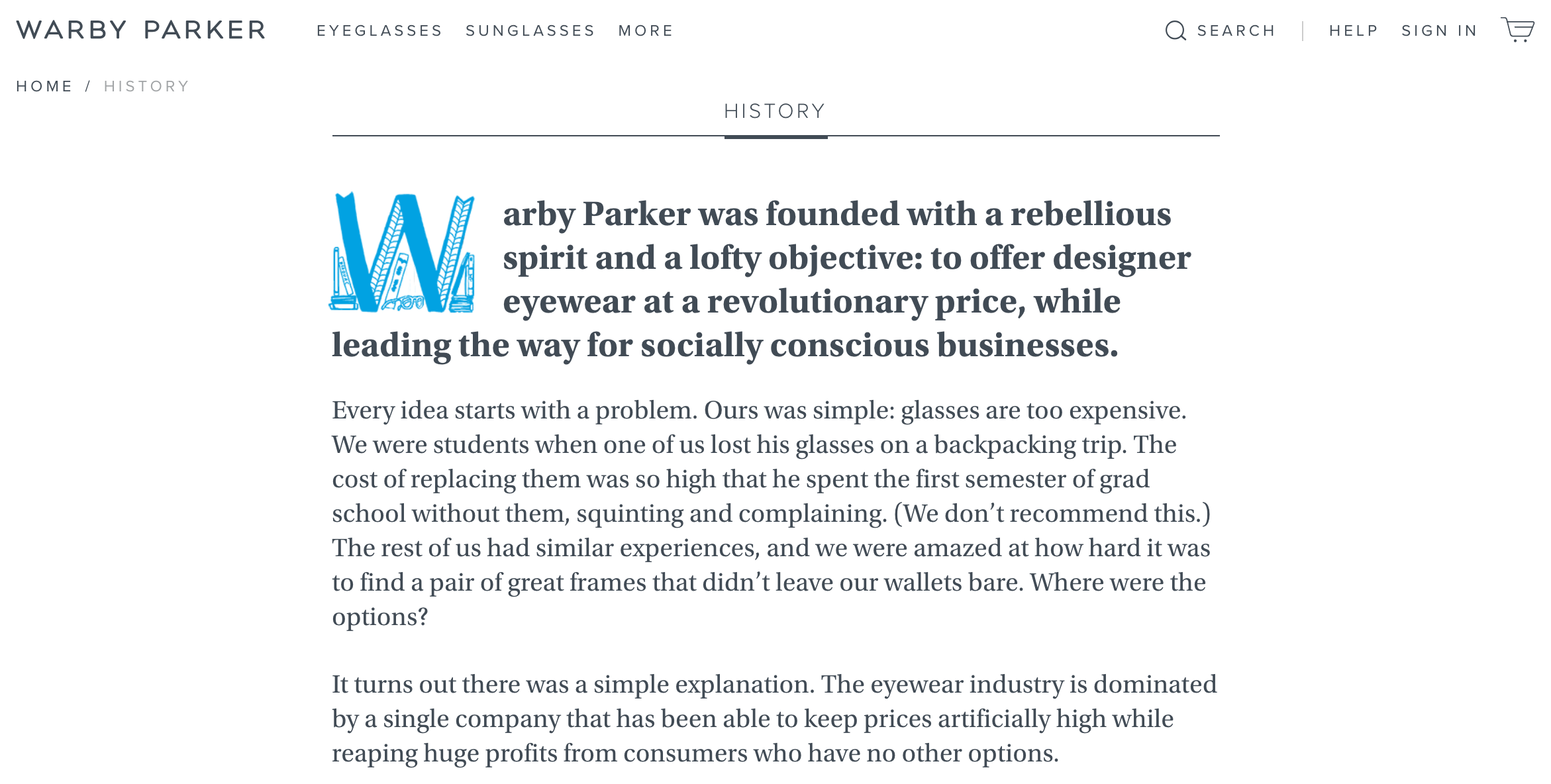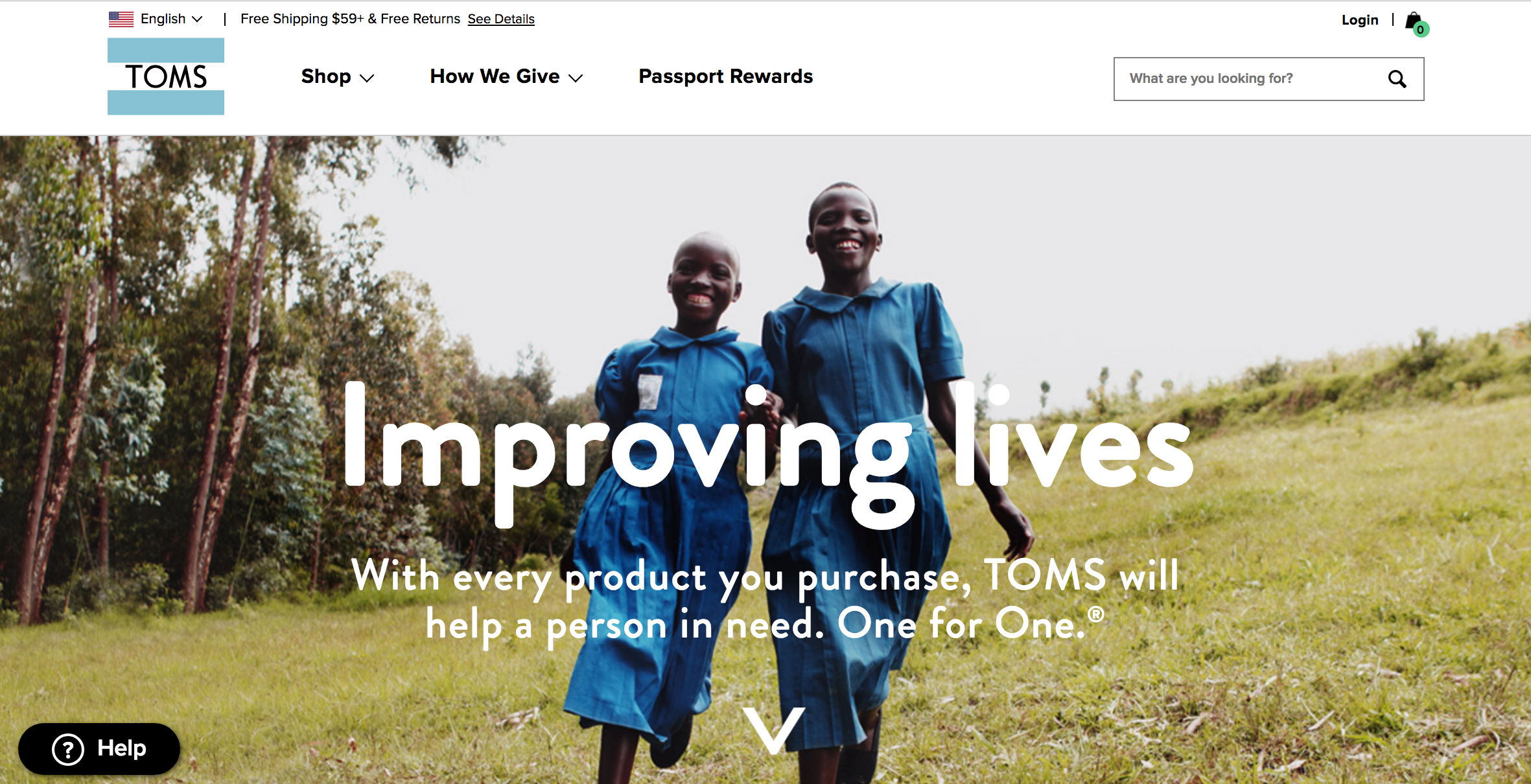There’s never been a more challenging time to compete in the world of ecommerce. Products can go viral overnight, new brands can penetrate into competitive industries and take over, and consumers have no problem shifting their loyalties from one brand to another.
How can you build (or rebuild) an ecommerce brand that succeeds? You need a branding strategy that creates an emotional connection with your buyers. Through visuals, messaging, and more, you show customers what your business is about and how you can serve them. Altogether, these brand elements leave a positive impression that drives buyers to return.
Here are seven steps you can take to build an ecommerce brand that stands out to customers, no matter the size or age of your business.
7 Ways to Build an Ecommerce Brand
Your brand is multifaceted, so there’s no single tactic for revamping it. To strategize, you have to consider all aspects of your business—its visual presentation, messaging, communication—from your target customers’ perspective. Understanding your business from that angle will help you craft your brand in a way that compels buyers.
To start, here are seven strategies for rethinking and revising your brand to attract your target customers and stand out from the competition.
1. Establish your style.
Your brand’s style needs to be more than trendy. It should be driven by your brand’s purpose and the user’s shopping experience.
Buyers appreciate authenticity in brand content above all else. To meet this expectation, choose a style that reflects the focus of your brand. For example, DIFF Eyewear wants their sunglasses to be associated with a fun, happy lifestyle, so they use energizing colors and bright photos to convey that image.
Key customers who appreciate your brand’s values—such as DIFF buyers who are drawn to their fun-loving lifestyle—will be drawn to your authentic style as a reflection of what they love about your products.
Besides reflecting your business’s values, your brand style should create a seamless UX for customers when shopping on your site. Through uniform color schemes, fonts, and more, the style of your site should make CTAs apparent, simplify browsing, and lead customers to checkout.
By creating a brand style that reflects your business’s values and drives a frictionless shopping experience, you help buyers understand why they should care about your brand and lead them towards purchasing.
What you can do: If you don’t have an official style (or yours needs revising), spend time creating one for your business. It should be a combination of design guidelines, such as font size, color palette, and iconography rules.
For inspiration and help, see these resources:
- 21 Brand Style Guide Examples for Visual Inspiration from HubSpot
- The Mailchimp Content Style Guide
- Finding Your Brand’s Voice from Distilled
2. Build authentic relationships with customers.
Building trust is essential for any brand, but it’s especially critical for ecommerce brands. Online shoppers can’t meet you and assess your business in-person, so you have to digitally nurture your relationship with buyers to gain their trust.
Creating online buzz around your products and industry builds the authentic feel you need around your brand. Generating your own industry-specific content, such as blog posts, provides buyers with value that encourages their trust. Likewise, sparking conversation amongst others about your brand can serve as social proof for buyers that builds their belief in your business’s value.
Here are some ways you can generate buzz around your business that builds trust in your brand.
- Create your own content. Blog posts can be published on your site and social media to educate buyers on industry-specific topics that they care about. By providing them with this value, your content builds customers’ trust in your brand.
- Participate in online forums that relate to your industry. Reddit, Quora, LinkedIn, and Facebook groups are all excellent forums for encouraging conversation and awareness around your brand. Either link to your brand’s content where appropriate, or gently promote your products if it feels relevant and not too sales-y in the conversation.
- Get to know the big players. Every industry has influencers who other people look up to. Develop relationships with influencers in your industry so you can select a few to promote your products on their platforms, such as Instagram or their blog.
With useful content on your site and general conversation around your business, your brand has an authentic feel that inspires buyers’ trust.
What you can do: If you aren’t actively creating content on a blog (non-promotional content), start next week. Write down your top 50 most frequently asked questions that people might have about your industry and start applying your knowledge and experience to answering those questions in the form of blog posts.
Want to see a great example? Check out the content that Beardbrand produces for their audience.
[Source]
It’s clear that they sell beard grooming products on their website, but at the end of the day, they care much more about providing men with tips and education, helping them feel confident about growing their beard and working to end the negative stereotypes that sometimes exist about beardsmen being lazy or unkempt.
3. Focus on product quality.
These days, it seems as though the up-and-coming ecommerce brands that are getting the most attention and traction are the ones that start by manufacturing and selling one single product as opposed to many products.
It’s not hard for consumers to become loyal to a product that they know they can rely on. When you’re manufacturing many different types of products that all serve a particular audience (say, outdoor enthusiasts), quality control might become an issue. If your products aren’t well made, you risk losing out on customer loyalty and customer referrals.
By narrowing your focus, you can give more attention to the overall quality and reputation of your product. Once you’ve mastered and successfully scaled one product and built a loyal following of customers, you can safely start venturing into other types of products to serve the same audience and niche.
Here are some great examples of ecommerce brands that focus (or initially focused) on one type of product:
WildBird Baby Slings
Product Origin Quote: “Tayler created WildBird out of a need for a functional, easy to use baby carrier that still carried a sense of style that parents would love to wear. Since day one, Tayler’s vision has always been to create beautiful, high quality baby carriers, while providing a carrier that was monetarily accessible to all parents.”
[Source]
S’well Reusable Water Bottles
Product Origin Quote: “In 2010, I launched S’well with the mission to rid the world of plastic water bottles. I believed that if we made a crave-worthy bottle that combined fashion with function, people would stop buying disposable bottles, and we could reduce single-use plastic consumption worldwide. It was an audacious goal, but I believed the world needed S’well.”
[Source]
YETI Coolers
Product Origin Quote: “In 2006 we founded YETI® Coolers with a simple mission: build the cooler we’d use every day if it existed. One that was built for the serious outdoor enthusiast rather than for the mass-discount retailers. One that could take the abuse we knew we’d put it through out in the field and on the water. One that simply wouldn’t break.”
[Source]
Build your ecommerce brand around quality with a narrow product focus, and buyers will recognize the value of your business.
What you can do: If you haven’t launched your ecommerce store yet, consider focusing on just one of your products to start. Use the opportunity to focus in on product quality, reputation, and customer service. If you have already launched and you’re not seeing the traction you’d like, decide if you could scale back and relaunch with a focus on just one of your products.
4. Create video content.
Another way to differentiate from competitors and attract more customers is by creating and sharing more video content on your website, in your emails, and with your social media followers. Consider these engagement facts from Buffer:
- Over 8 billion videos or 100 million hours of videos are watched on Facebook every day.
- 10 billion videos are watched on Snapchat every day.
- 60% of marketers used videos in their social media marketing in 2016.
- A Facebook video receives, on average, 135% more organic reach than a Facebook photo.
- 43% of people want to see more video content from marketers in the future.
But to build a memorable ecommerce brand, you can’t just produce informational, product-demo videos and explainer videos. You have to reflect the personality and values of your brand in the videos you create to show the human side of your business and connect with buyers.
Not sure what I mean? Take a look at these examples:
- YETI sells outdoor products like coolers but creates rich video-based stories about amazing people all around the world.
- Squatty Potty created a provocative, over-the-top humor video to build awareness around a bathroom accessory that everyone probably needs but no one wants to talk about.
- Love Your Melon made a video to give their audience a behind-the-scenes look at the love and attention that goes into every hat they sell.
Showing your business in a personal light through video will help buyers feel connected to your brand.
What you can do: Use your smartphone to create an informal video of yourself talking about who you are, why you launched your business, and why you created your products. Give your target audience an idea of who you are and why they should care. Then share the video on your social media channels to see what kind of response you get from your followers. Measure engagement to determine how you can iterate future video content.
5. Speak their language.
To target your ecommerce brand towards your most valuable customers, use the language that they would use. The more familiar your messaging seems, the more connected buyers will feel to your brand.
Here are a few ways you can pick up on the language of your target customers to improve your own messaging:
- Assess your buyer persona research. If you interviewed customers about their product preferences, borrow the language that they used in your own brand messaging.
- Analyze messaging of competitors. The most successful competitors are probably using messaging that resonates with your target customers. Compare their language to your own buyer research to see if there’s overlap.
- Scan through your latest product reviews. You’ll probably find that there are a handful of words and phrases that customers frequently use in reviews. Repurpose some of the most compelling language in your own brand messaging.
Once you’ve determined what words and phrases resonate with your audience, implement the language in your marketing campaigns, website copy, and more. Building your brand with this language will make it feel familiar to target buyers and attract them to your business.
What you can do: If you’re unsure about which messaging will resonate most with buyers, A/B test different copy based on your customer research. For example, you could release two versions of a Facebook ad with different buyer-driven language. Then, you could measure engagement to see which ad performed better and which language was most effective.
6. Share your story.
Consumers today appreciate authenticity in brands. To show buyers that your business actually cares about its stated values, share your origin story.
Your origin story should be more than a collection of facts, such as the date and location where the company was founded. You want to explain the greater reason why you started your brand. In stating this purpose, explain how you hope your brand will improve your buyers’ lives.
Once you have your origin story, there are plenty of ways to share it with your customers and build your brand.
Create an “About Us” page on your site. You can use text, photos, and video to get your origin story across.
The “About us” page for eyeglasses company Warby Parker.
[Source]
Work with a PR specialist to spread your story. A PR specialist can help you share your story through the media, such as magazine and newspaper articles.
Include your story on your packaging. Whether it’s a tag or label, use your packaging to share your brand’s story.
By sharing your origin story with your customers, you build your brand’s authenticity. Buyers understand how you’re trying to help your customers, so they trust you more and feel ready to do business with you.
What you can do: If you need help crafting your origin story, grab a notebook and pen and start brainstorming. Write out the different stages of how your company began, why you chose to launch your brand, and how you continue to fulfill your mission and help your customers. For more help on writing this story, check out this Shopify guide on About Us pages.
7. Be a part of something bigger.
Customers primarily purchase from you to benefit their own lives, but they also value brands with charitable causes. According to research, 70% of consumers would opt for a brand because of its cause, and 53% would not invest in a company that doesn’t support a good cause.
Build a loyal army of customers and brand advocates by taking the time to be part of something bigger. Find a cause to support, think about the values you care about, and make your audience excited to be a part of what you’re doing.
TOMS, for example, shows customers that their money is being used to give back to those in need. With every purchase, TOMS either donates a product or offers services in various communities.
Align your brand with an appropriate cause to show customers that you care about more than just profits. They’ll value the fact that you’re trying to improve their lives and the lives of others.
What you can do: Think about what causes matter to you, your employees, and your customers. Once you’ve identified those causes, there are plenty of ways to integrate them into your brand. You can partner with a charitable organization to build a product line around their cause with a portion of the sales donated towards it. Or, you could donate your product for every item that is purchased. For a long-term initiative, set up a policy where a percentage of all sales goes towards a cause.
Build Your Ecommerce Brand for Your Key Buyers
Your brand is more than a logo. It’s a way to foster an emotional connection with your buyers through your business’s visuals, messaging, and more. With a great branding strategy, your customers will trust your business and want to continue purchasing from it.
We’ve highlighted seven strategies in this guide to help you to build your own ecommerce brand. Whether your business is new or seasoned, these tips will help you craft your brand in a way that speaks to your buyers’ needs and wants. Tapping into their emotions, your branding strategy will attract your most valuable customers and drive them to purchase.
